Business Process Design is a methodical approach to improving organizational workflows, ensuring they are efficient and aligned with business goals. It involves analyzing, modeling, and redesigning processes to enhance productivity and value delivery.
Organizations use Business Process Design to systematically evaluate their current operations. This analysis helps identify inefficiencies, redundancies, and bottlenecks. By employing Business Process Design, companies can streamline operations, reduce costs, and improve service delivery. It involves understanding user interactions and expectations to create better process flows, which is crucial for maintaining competitive edge.
What are the critical features of Business Process Design?In financial services, Business Process Design streamlines loan processing and compliance checks, leading to faster service delivery and reduced errors. In manufacturing, it aids in optimizing supply chain operations, ensuring timely production and delivery. Healthcare providers use these methods to improve patient care processes and administrative efficiency.
Business Process Design is essential for organizations to maintain agility and adapt to changing market demands. By realigning workflows with strategic goals, businesses can improve their operational efficiency and enhance value creation, supporting long-term growth and sustainability.
| Product | Market Share (%) |
|---|---|
| Visio | 11.8% |
| Bizagi | 10.6% |
| Camunda | 10.0% |
| Other | 67.6% |


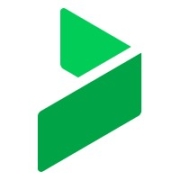
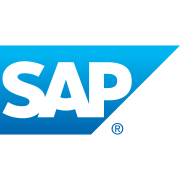



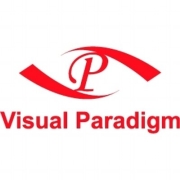
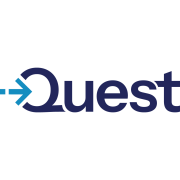


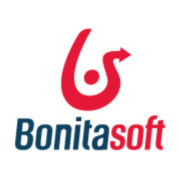

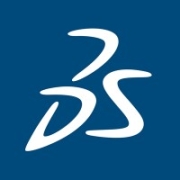
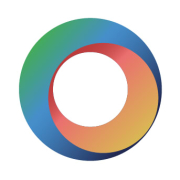
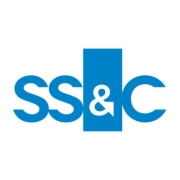






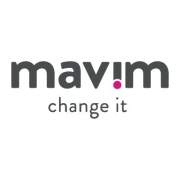

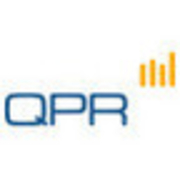
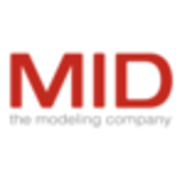

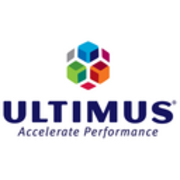


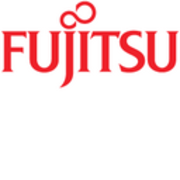
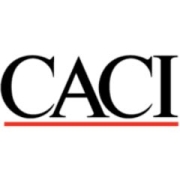
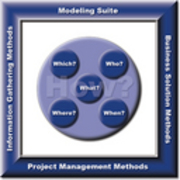

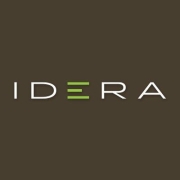








Today, business process design (BPD) solutions are gaining popularity across many organizations worldwide. BPD solutions are software-based enterprise-level business tools that can better facilitate work processes, help automate mundane recurrent tasks, administer rudimentary processing, and control various process strategies. A value-added BPD solution will expedite and improve workflows and processes, ensuring the highest levels of productivity, efficiency, and profitability. Your BPD solution will ensure that work is distributed through the proper channels, to the correct users at the appropriate time, every single time. Your BPD solution will maintain productivity and secure effective, open lines of communication to maintain effective progress of workflows. This will allow your teams to better understand their goals. to stay focused on their tasks, and to work together to achieve the desired end result quickly and on time.
Here are some of the steps to consider when creating your BPD:
Business Process Design can dramatically improve operational efficiency by identifying bottlenecks and redundant steps within your procedures. By streamlining workflows and leveraging automation technologies, you reduce the time and resources spent on non-essential activities. This approach not only enhances productivity but also enables your team to focus on more strategic tasks, driving business growth.
What role do stakeholders play in Business Process Design?Stakeholders play a crucial role in Business Process Design as they provide insights and feedback on current workflows and suggest improvements. Involving stakeholders early in the design process ensures that the new processes align with business goals and meet user needs. Their engagement helps in gaining necessary buy-in and facilitates smoother implementation of redesigned processes.
What are the common challenges faced in Business Process Design?Common challenges in Business Process Design include resistance to change, lack of clear objectives, and insufficient stakeholder engagement. Overcoming these obstacles requires clear communication of the benefits, setting achievable goals, and involving key personnel from different departments. Proper training and support during the implementation phase are also vital to ensure a seamless transition.
How do you measure the success of Business Process Design solutions?Measuring the success of Business Process Design solutions involves monitoring key performance indicators such as efficiency gains, cost reductions, and error rate decreases. Regularly reviewing these metrics helps determine if the redesigned processes meet the targeted objectives. Additionally, user satisfaction surveys and feedback sessions provide qualitative data on the effectiveness of the new processes.
What tools are essential for Business Process Design?Essential tools for Business Process Design include process mapping software, project management tools, and data analytics platforms. Process mapping software allows you to visualize and analyze workflows, while project management tools help in organizing tasks and timelines. Data analytics platforms provide valuable insights into process performance, aiding in decision-making and process optimization.